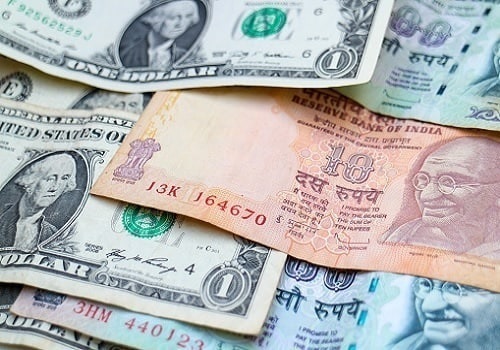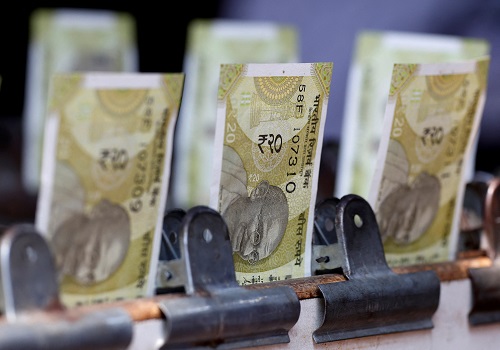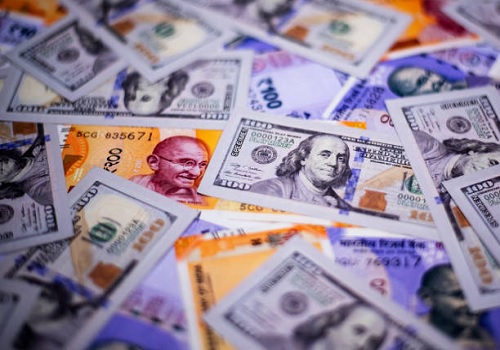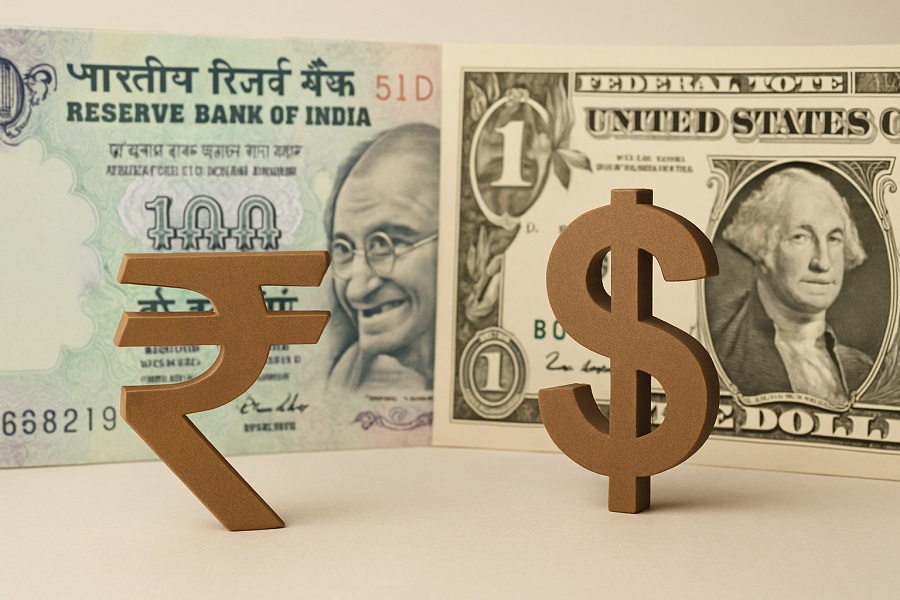Dollar shines as US economy outperforms, yen at 10-month low
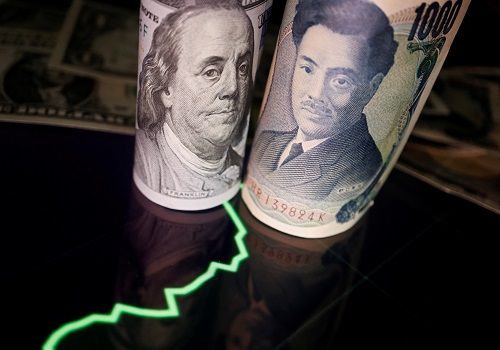
A buoyant dollar pushed the yen to a 10-month trough on Thursday and kept the euro and sterling pinned near three-month lows, as investors placed their faith in a still-resilient U.S. economy even amid a dour global growth outlook.
A less-than-expected fall in China's exports and imports numbers in August did little to lift investors' spirits, as they remain on the lookout for further support measures from Beijing to shore up the economy and revive market confidence.
The greenback scaled a fresh top of 147.875 yen in early Asia trade, its highest since last November.
Against a basket of currencies, the dollar steadied at 104.82, holding on to some of its gains from the previous session after scaling a six-month peak as the U.S. services sector unexpectedly gained steam in August.
The stronger-than-expected data pushed the euro to its lowest since June at $1.0703 on Wednesday, though it reversed some of those losses to last trade at $1.07295.
Sterling slipped 0.06% to $1.2500, having also bottomed at a three-month trough of $1.24835 in the previous session.
"It certainly was a good (ISM) ... so those thinking of a (U.S.) recession in the near term might be a little bit disappointed," said Joseph Capurso, head of international and sustainable economics at Commonwealth Bank of Australia (CBA). "However, the Beige Book ... wasn't that great, actually."
U.S. economic growth was "modest" in recent weeks, job growth was "subdued," and inflation slowed in most parts of the country, the Federal Reserve report published on Wednesday showed.
"I think that what's really driving the dollar is not so much that the U.S. economy is doing great, but it's doing better than elsewhere."
Market pricing shows a near 47% chance that the Fed might deliver another rate hike in November, according to the CME FedWatch tool, though expectations are for policymakers to keep rates on hold later this month.
Conversely, Bank of England (BoE) Governor Andrew Bailey said on Wednesday that the central bank is "much nearer" to the end of its rate-hike cycle, though borrowing costs might still have further to rise because of stubborn inflation pressures.
On the same day, European Central Bank policymakers warned investors that the decision for a rate increase next week was still up in the air, but a rise in borrowing costs was among the options on the table.
"It was surprising to see those dovish comments from Governor Bailey ... that certainly does make us comfortable that they're only going to hike twice more," Capurso said, referring to the BoE.
"As for the ECB, what we're noticing is that there's a real divergence happening between various ECB members, and that to me is suggesting that at most you get one more rate hike out of the ECB."
ASIA DANGER?
China's exports in August fell 8.8% from a year earlier, while imports contracted 7.3%, data showed on Thursday, coming in slightly better than economists' forecasts for a 9.2% and 9.0% drop, respectively.
That did little to help the Australian dollar, which was still down 0.15% at $0.6373, while the New Zealand dollar last bought $0.58735, with both languishing near their recent 10-month lows.
The two antipodean currencies are often used as liquid proxies for the Chinese yuan.
The offshore yuan fell marginally to 7.3255 per dollar, while its onshore counterpart was pinned near the previous session's 10-month low.
In Japan, traders continued to be on intervention watch as a fragile yen struggled to make headway against a resilient dollar, even as officials step up their warnings against a sell-off in the currency
"Yen's verbal intervention begs the question whether a real intervention is likely," said Saxo market strategist Charu Chanana. "As we have seen in the past, real intervention barely reverses the course of the yen sustainably."
















